Search Images
Browse Content (p. 1445)

Image
Statue of Artemisia
Marble statue of a woman from Mausoleum at Halicarnassus, also known as the Tomb of Mausolus. Identified as Artemisia, wife of Maussollos. From Mausoleum, the main sculptural deposit, north of the north wall of the Peribolus. Classical Greek...
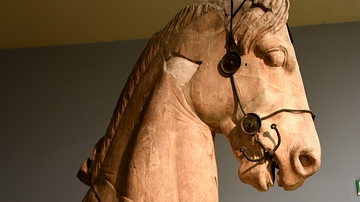
Image
Statue of a Horse from the Mausoleum at Halicarnassus
This is a forepart of a horse from the chariot-group surmounting the Mausoleum at Halicarnassus, also known as the Tomb of Mausolus . From the north side of the peribolus wall of the Mausoleum. Classical Greek Period, circa 350 BCE. The British...
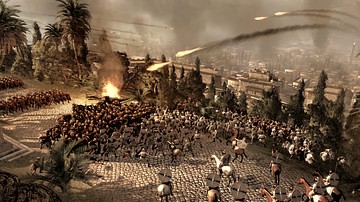
Image
Carthage Under Siege
An artist's impression of what the Roman siege of Carthage may have looked like during the Third Punic War, 149-146 BCE.
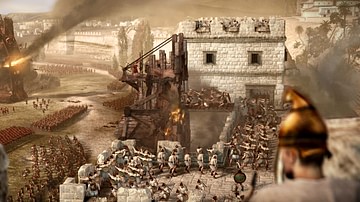
Image
Siege of Carthage
An artist's impression of what the Roman siege of Carthage may have looked like during the Third Punic War, 149-146 BCE.

Image
Roman Naval Attack on Carthage
An artist's impression of what the Roman naval attack on Carthage may have looked like during the Third Punic War, 149-146 BCE.

Image
Territories During the Second Punic War
The territories involved in the Second Punic War, 218 and 201 BCE.
Red = Roman
Pink = Roman Allies
Blue = Carthaginian
Light Blue = Carthaginian Allies
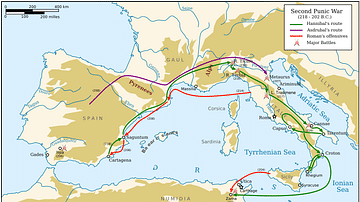
Image
Campaigns of the Second Punic War
A map illustrating the campaigns of the Second Punic War (218-201 BCE).
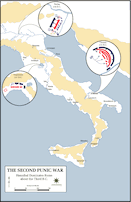
Image
Hannibal's Major Battles in Italy
A map showing the location of three of the most important battles won by Carthaginian general Hannibal against Rome during the Second Punic War between 218 and 201 BCE. Lake Trasimene in June 217 BCE, Trebia River in December 218 BCE, and...
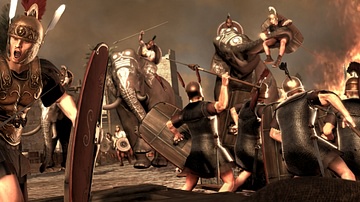
Image
Carthaginian War Elephants
An artist's impression of what an attack by Carthaginian war elephants may have looked like during the Punic Wars of the 3rd century BCE.

Image
Roman Beach Attack
An artist's impression of what a Roman beach attack may have looked like during the Punic Wars of the 3rd century BCE.